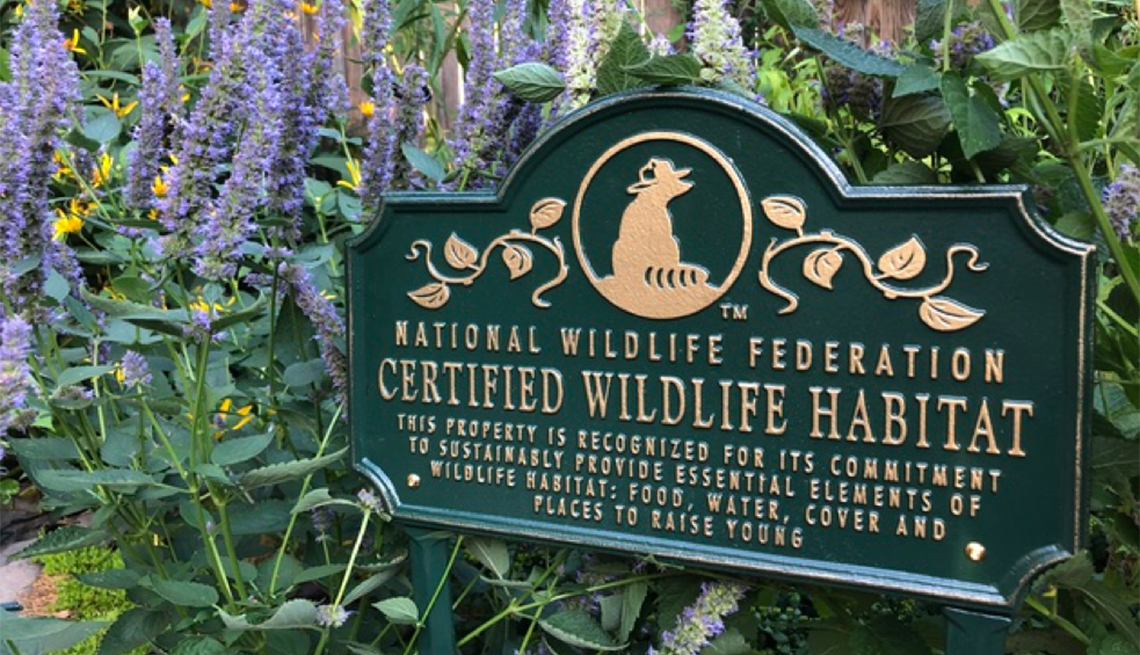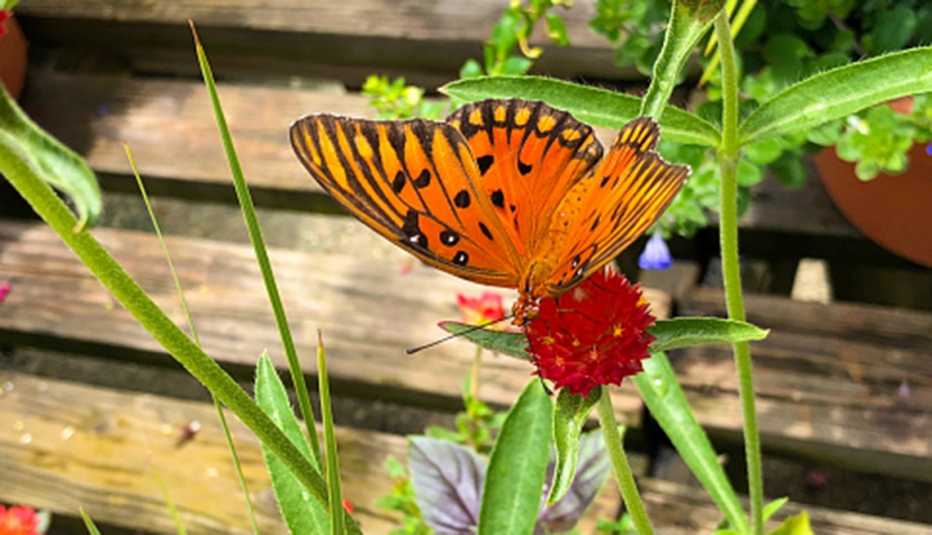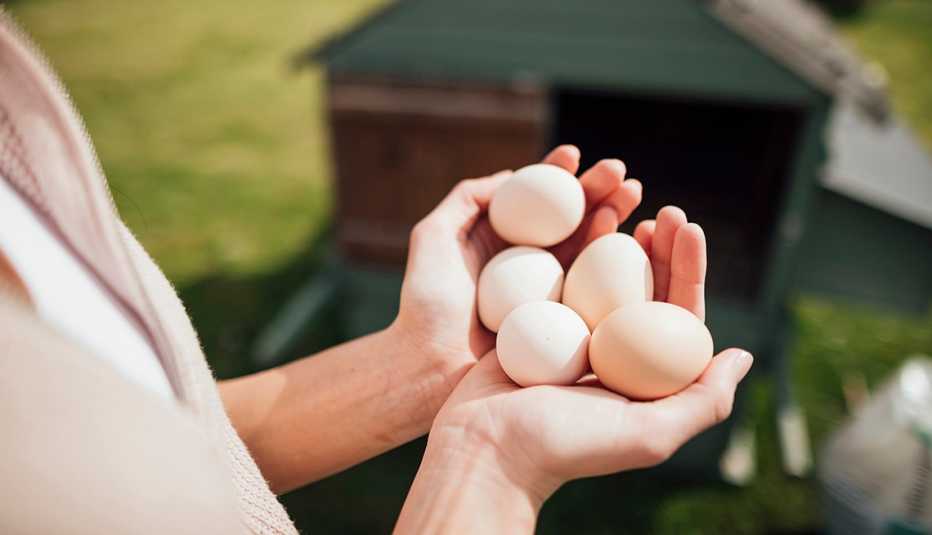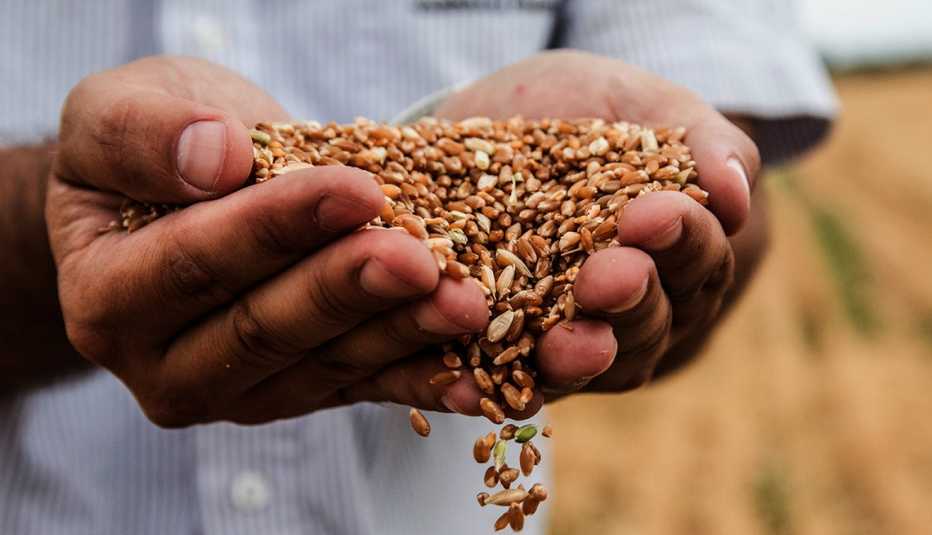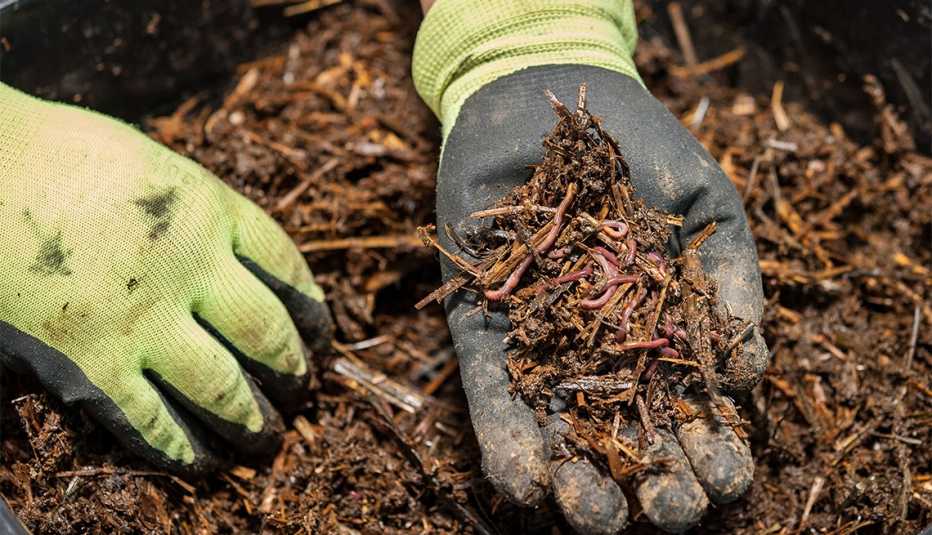Staying Fit
When goldfinches land in the garden to pluck seeds from the heads of spent coneflowers, Mary Sipe feels a deep sense of satisfaction.
Sipe, 62, planted coneflowers, camellias, hellebores, poppies and other flowering plants to help attract bees, butterflies and birds to the garden of her Marvin, North Carolina, home. The yard also includes a pond for frogs and lizards as well as birdbaths and bird feeders to provide food and drink for local birds. The efforts allowed Sipe to have her yard certified as a wildlife habitat through the National Wildlife Federation (NWF).


AARP Membership— $12 for your first year when you sign up for Automatic Renewal
Get instant access to members-only products and hundreds of discounts, a free second membership, and a subscription to AARP the Magazine.
"It's incredible, the amount of wildlife you can attract even from planting one or two different plants,” she says.
The nonprofit organization launched its Certified Wildlife Habitat program in 1973 to help gardeners combat the impact of development on wildlife habitats. Since its inception, it has certified 250,000 wildlife habitats — and NWF naturalist David Mizejewski has seen a huge uptick in interest since the start of the COVID-19 pandemic.
"Since the 1970s, we've lost almost one-third of our bird population in North America, and monarch populations have crashed because we've replaced natural habitats with asphalt and lawns,” Mizejewski says. “We wanted to give people information and inspiration to make their own yards a little better for local wildlife."
Making it official
The NWF operates its Certified Wildlife Habitat program on the honor system. Fill out the online application, acknowledging that your habitat contains all of the crucial elements, and pay the $20 fee (plus an additional fee for a “Certified Wildlife Habitat” sign for the garden, if desired), and the nonprofit adds your home to its ever-expanding list of backyard wildlife habitats.



























































